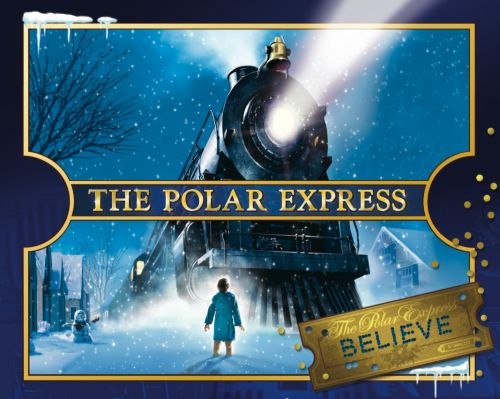 Snow White and the Seven Dwarfs
Snow White and the Seven Dwarfs21 Dec 1937
In 1937 Snow White and the Seven Dwarfs became the first full-length animated movie. It was also the first produced in full colour and the first to be produced by Walt Disney.

Mr. Bug Goes to Town
1941
This was the first full length animated musical. This was revelatory because it mixd extensive amounts of animation and music together.
1 Jan 1950
After his staff grew to 20, it was decided that puppets would make their way into his studio. He made a number of films for both adults and children.
23 Oct 1958
Pierre Culliford introduced the Smurfs first in a comic strip in a Belgian magazine, Spirou. Later it was translated into English and was made into a childrens cartoon by the Hanna-Barbera Productions
1972
Produced by Ed Catmull, the short demonstrates a computer animated hand, as well as human faces. The film was inducted into the national film registry in 2011.
25 May 1977
Star Wars Episode IV: A New Hope is the first of 6 films in the Star Wars film series. It was written and directed by George Lucas. It relied heavily on the computer for its special effects but in the end came out with impressive results.
1982
Tron marked the first ever film to have computer animation to be used extensively in the movie.
11 Jun 1993
In 1993 the first Jurassic Park film was released. It was praised for its use of CGI and being able to create realistic animals.
22 Nov 1995
Toy Story was released in 1995 by Disney/Pixar. It was the first Disney/Pixar film made, as well as the first feature film made entirely with CGI (computer-generated imagery) basically meaning, it was made 100% on the computer.
2004
The Polar Express was the first film to use motion capture for every single one of their characters. This meant that they could achieve a better look to human characters, their movements reflected the actors and the way a real person walks.








NYA - for pass describe techniques
ReplyDelete